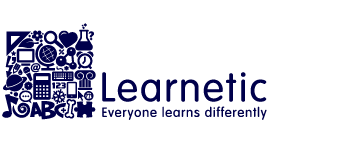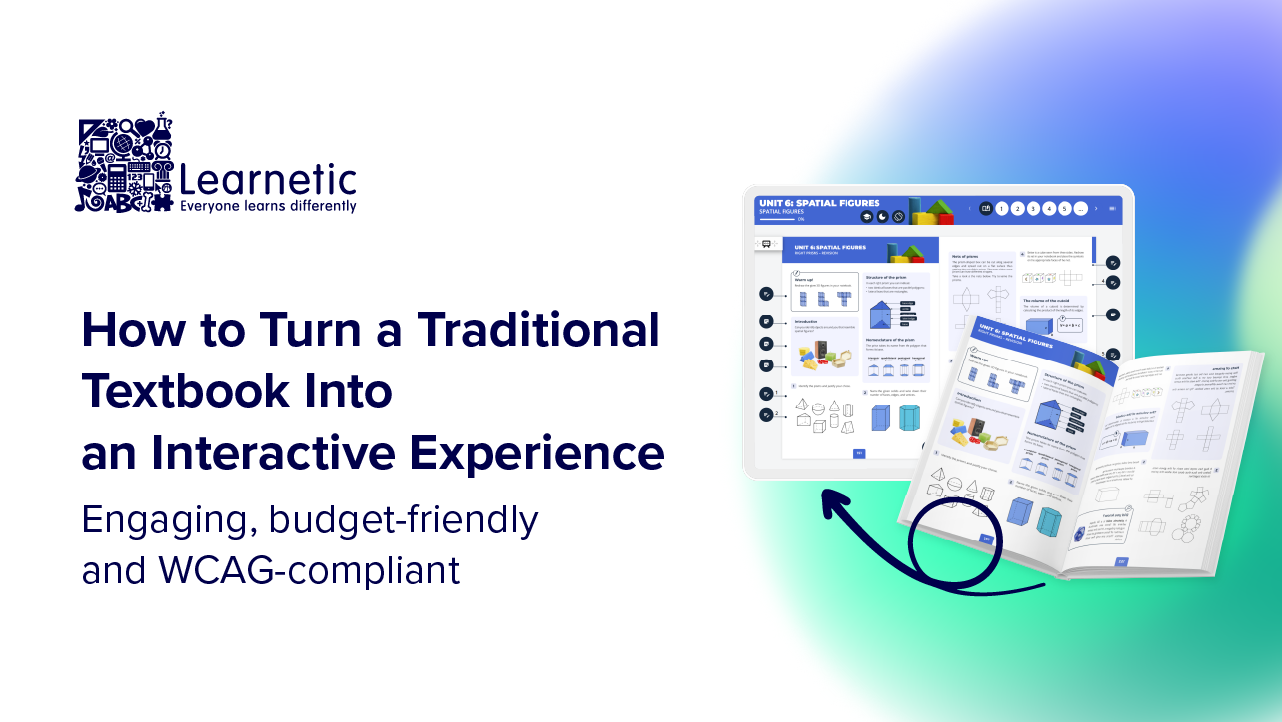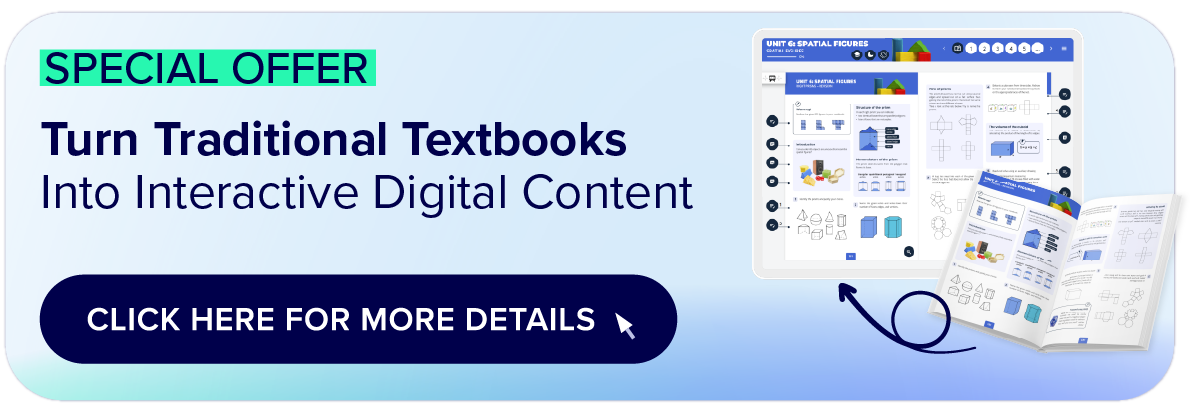How to Turn a Traditional Textbook Into an Interactive Experience – engaging, budget-friendly and WCAG-compliant
Digitizing a traditional textbook into a fully accessible, interactive format may seem complex, but it doesn’t have to be. With the right approach, tools, and understanding of current standards, converting existing content into a modern digital learning experience is not only achievable but also efficient. Moreover, interactive digital content creates new opportunities for extending your offer, entering new markets, and building stronger engagement with both teachers and learners.
In this article, we’ll explore two effective strategies for converting printed or legacy-format textbooks into WCAG-compliant interactive digital lessons and how to choose the right one for your content, goals, and needs.
Two Ways to Convert Your Educational Content
Over the past 20 years, we’ve supported hundreds of projects for educational publishers, Ministries of Education, and EdTech companies. While each is unique, the successful ones follow a clear, repeatable process.
Every project starts in a different place – from a well-structured PDF, outdated export formats, or raw print files. But no matter the format, we focus on making the transition easy and effective.
We refined two of the most effective pathways for converting educational content into interactive digital experiences. These models reflect what our clients value most: time to market, scalability, and the ability to tailor content to specific learning goals and user needs.
With the Quick Win model, we use our library of ready-made templates and modules to quickly convert your textbook into a responsive, interactive format that meets WCAG 2.2 standards. For teams seeking more customization, the Strategic Advantage model includes full UX design, concept support, custom layouts, and advanced interactivity – all aligned with your curriculum and project goals.
Curious how this works in practice? Check out how we turn static traditional textbooks and educational materials into interactive lessons that teachers and students love to use – eContent development services.
So, How To Choose The Right Path For Digitizing Your Textbook?
From the initial needs analysis to final testing and delivery, our process is collaborative, transparent, and designed to support your goals at every step. We begin by understanding your audience, content objectives, and preferred distribution channels. Based on this input, we guide you through scenario design, layout decisions, media integration, and accessibility best practices.
On the technical side, each lesson is fully responsive, optimized for mobile devices, and tested across browsers, operating systems, and LMS environments. We deliver content in SCORM, xAPI, or custom formats, ready for seamless integration into your digital ecosystem.
So which path should you choose?
- Quick Win is the best for quick turnarounds and projects with an existing structure. We use proven templates and standard modules to deliver effective and compliant content.
- Strategic Advantage is ideal for custom-built, large-scale, or long-term projects. This model includes comprehensive support: from concept and UX design to advanced interactivity and layout customization, ensuring a high-value learning experience aligned with your curriculum.
Compare the layout, interactivity, and flow of sample digital lessons created in both cooperation models here.
Accessibility by Design – Not as an Afterthought
Regardless of which model you choose, WCAG compliance is non-negotiable. From June 28ᵗʰ, 2025, all educational materials distributed within the European Union must meet the accessibility requirements outlined in the European Accessibility Act. That means WCAG 2.2 compliance is not optional – it’s essential.
Meeting the Web Content Accessibility Guidelines is more than just ticking a box. It’s about ensuring that all learners – including those with disabilities – can access and benefit from your digital content.
Moreover, it is crucial to incorporate WCAG 2.2 compliance requirements into every stage of the development process — from structure and layout to user interaction and media. That includes features like Dark Mode, keyboard navigation, screen reader support, logical tabbing, and clear visual hierarchy.
If you’re not sure where your content stands, we also offer a WCAG 2.2 review to assess existing materials.
Start with One Textbook From €2000
Start with one of your textbooks – in print, PDF, or any outdated digital format – and we’ll convert it into an interactive, mobile-ready, WCAG-compliant digital lesson. Pricing starts from €2000, depending on your chosen model and content scope.
You’ll be able to:
- Evaluate the quality and interactivity
- See how your content translates into a digital environment
- Understand the process before committing to a larger project
Interested? Start your pilot project here and get in touch with our team.
Conclusion: Simple Way To Convert Your Educational Materials
Digitizing a textbook means more than just going digital. It means creating something interactive, inclusive, and effective. Something that reflects your learning goals, reaches more learners, and is created to last.
If you’re working with printed materials or outdated digital formats and want to bring them to life, let’s talk. We’re here to help you create content that performs across devices, platforms, and classrooms.







